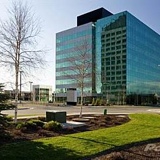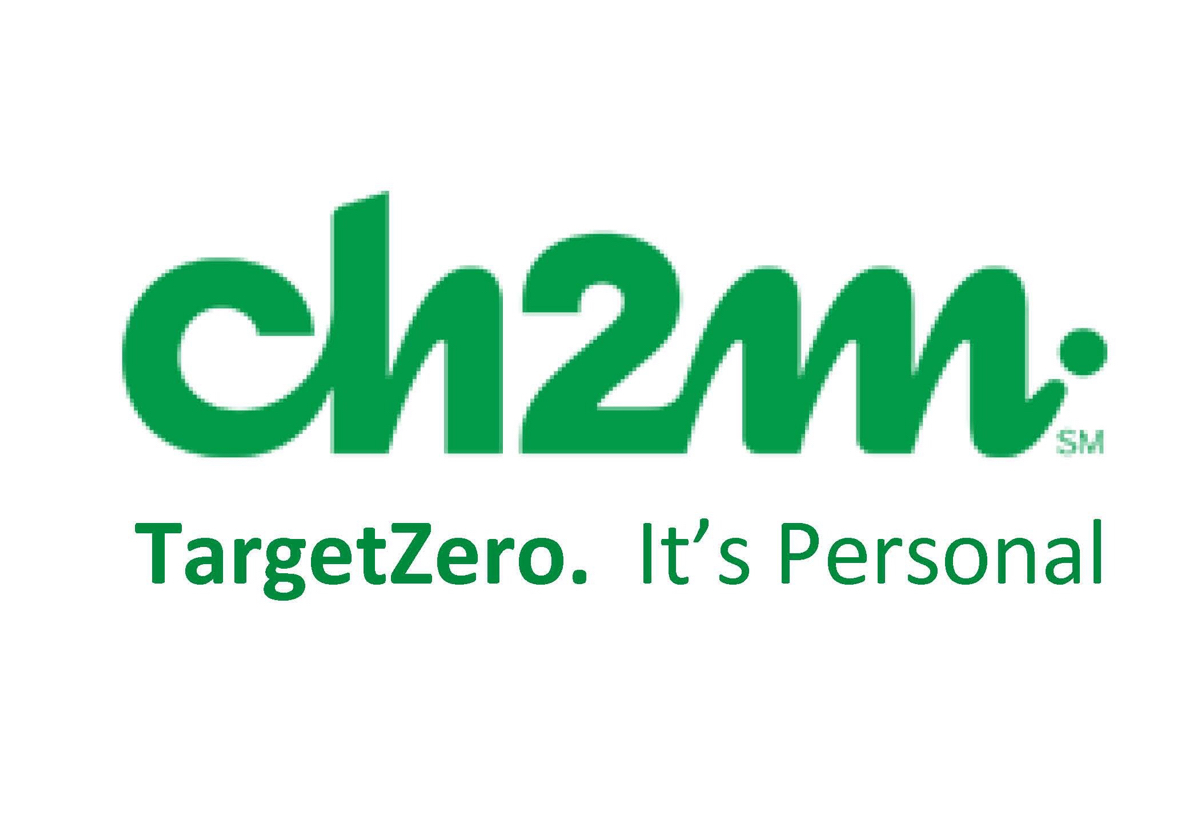Information
-
Audit Title
-
Client / Site
-
Conducted on
-
Prepared by
-
Location
-
Personnel
1.0 - Previous inspection
-
1.1 Has the last inspection been reviewed?
-
1.2 Are there no outstanding actions?
2.0 - Aisles
-
2.1 Are aisle widths maintained? <br>29 CFR 1910.22(b)(1)
-
2.2 Are aisles and passageways properly illuminated?
-
2.3 Are aisles in good condition? <br>29 CFR 1910.22(b)(1)
-
2.4 Are aisles kept clean and free of obstructions?
-
2.5 Are fire aisles, access to stairways, and fire equipment kept clear? <br>29 CFR 1910.178(m)(14)
-
2.6 Is there safe clearance for equipment through aisles and doorways? 29 CFR 1910.176(a)
3.0 - Exits
-
3.1 Any emergency power supply? 29 CFR 1910.37(q)(6)
-
3.2 Are doors which are required to serve as exits designed and constructed so that the way of exit travel is obvious and direct? <br>29 CFR 1910.37(f)(4)
-
3.3 Are doors, passageways or stairways that are neither exits nor access to exits and which could be mistaken for exits, appropriately marked "NOT AN EXIT", "TO THE BASEMENT", "STOREROOM", ect? 29 CFR 1910.37(q)(2)
-
3.4 Are exits kept free of obstructions? 29 CFR 1910.36(d)(1)
-
3.5 Are exits properly marked? 29 CFR 1910.37(q)
-
3.6 Are the directions to exits, when not immediately apparent, marked with visible signs? 29 CFR 1910.37(q)(5)
-
3.7 Are windows which could be mistaken for exit doors made inaccessible by means of barriers or railings? 29 CFR 1910.36(a)(5)
-
3.8 Can exit doors be opened from the direction of exit travel without the use of key or any special knowledge or effort when the building is occupied? 29 CFR 1910.36(a)(3)
-
3.9 Does lighting in hallways and exit signs conform to government standards (5 foot-candles)? 29 CFR 1910.37(q)(6)
-
3.10 Is the number of exits from each floor of a building and the number of exits from the building itself appropriate for the building occupancy load? 29 CFR 1910.37(d)
-
3.11 Is every exit illuminated by a suitable light source? 29 CFR 1910.37(q)(6)
-
3.12 Is the word "Exit" written in plainly legible letters not less than 6 inches high and three-fourths-inch wide? 29 CFR 1910.37(q)(8)
-
3.13 Do you ensure decorations, posters, signs, ect., are not placed over exit doors or otherwise located as to conceal or obscure any exit? 29 CFR 1910.37(b)(3)
-
3.14 Is the minimum width of any way of exit access at least 28 inches? 29 CFR 1910.36(g)(2)
4.0 - Fire Alarm Systems
-
4.1 Are all fire extinguishers inspected and recharged regularly, and noted on the inspection tag? 29 CFR 1910.157(e)
-
4.2 Are appropriate fire extinguishers mounted, located, and identified so that they are readily accessible to employees? 29 CFR 1910.157(c)(1)
-
4.3 Are portable fire extinguishers provided in adequate number and type? 29 CFR 1910.157(d)
-
4.4 Are fire extinguishers clear of obstructions?
5.0 - Fire Prevention
-
5.1 Do you have a written plan designated what actions should be taken in the event of a fire? 29 CFR 1910.38(b)(1)
-
5.2 Evacuation procedures discussed regularly? (3 to 4 times a year)
-
5.3 Are fire doors and shutters in good operating condition and fusible links in place? 29 CFR 1910.36(d)(2)
-
5.4 Are fire doors and shutters unobstructed and protected against obstructions, including their counterweights? 29 CFR 1910.36(d)(1)
6.0 - First Aid
-
6.1 Are first-aid kits and AED easily accessible to each work area, with necessary supplies available, periodically inspected and replenished as needed? 29 CFR 1910.151(b)
-
6.2 Can each employee exposed to electrical shock be reached by a person trained in CPR within 4 minutes? 29 CFR 1910.269(b)(1)(ii)
-
6.3 Are floor wardens trained in CPR, AED, and First Aid, and are there certifications current?
-
6.4 Is there a hospital or clinic for medical care in close proximity of your workplace?
-
6.5 Are contents in first-aid kits within the expiry dates?
7.0 - HVAC and Ventilation
-
7.1 Are appropriate measures of temperature, humidity, and airflow taken and recorded?
-
7.2 Is the work area's ventilation system appropriate for the work being performed? 29 CFR 1910.132(d)
8.0 - Indoor Air Quality Indicators
-
8.1 Are conditions clean and sanitary (e.g., minimal dust)?
-
8.2 Are light fixtures and mechanical equipment free of unusual noises?
-
8.3 Are odors confined to locations where they are appropriate?
-
8.4 Are walls, ceilings, and floors free of any stains, discoloration, signs of moisture or mold damage?
-
8.5 Is the building free of uneven temperatures, persistent odors, drafts, stuffiness, or other signs of occupant discomfort?
9.0 - Ergonomics: Computer Workstations
-
9.1 Are chairs provided that can be adjusted to different heights?
-
9.2 Do chairs support the lower back (lumbar area)?
-
9.3 Do chairs have padded seats and roll on casters?
-
9.4 Do chairs support the forearms with armrests while allowing the elbows to remain near the waist?
-
9.5 Are the keyboard and mouse locations adjustable?
-
9.6 Are wrist supports present at the computer workstations?
-
9.7 Is the monitor arranged to enable the employee to see the screen clearly without leaning forward?
-
9.8 Is there enough space under the work surface for the employee's knees and thighs?
-
9.9 Are the workers encouraged to take short breaks?
-
9.10 Are employees provided head sets to use when answering phones and typing at the same time?
-
9.11 Is the workstation equipped with an anti-glare computer screen?
-
9.12 Are measures taken to control ergonomic hazards?
-
9.13 Do employees know who to contact for ergonomic issues and concerns?
10.0 - Postings: Employees Rights
-
10.1 Is the Minimum Wage Poster displayed appropriately?
-
10.2 Is the EOCC poster explaining prohibited employment discriminatory practices displayed? 29 CFR 1613.204
-
10.3 Is the EOCC's Americans With Disabilities Act poster displayed? 42 USC 12115, Title I, Sec. 5
-
10.4 Is the Family and Medical Leave Act notice properly displayed: 29 CFR 825.300(a)
-
10.5 Is Form 300, Injury and Illness Reporting Form, posted for the period 1 February - 30 April? 29 CFR 1904.32(b)(6)
-
10.6 Is the OSHA 3165 poster properly displayed? 29 CFR 1903.2(a)(1)
11.0 - Postings: Emergency Information
-
11.1 Is emergency information posted near a telephone?
-
11.2 Are fire evacuation procedures posted?
12.0 - Walking/Working Surfaces
-
12.1 Are all places of employment, passageways, storerooms, and service rooms kept clean and orderly and in a sanitary condition? 29 CFR 1910.22(a)(1)
-
12.2 Are liquid spills removed quickly?
13.0 Electrical
-
13.1 Are power strips used only if plugged directly into a receptacle and not an extension cord and used for low power equipment? 11/18/2002 OSHA Letter of Interpretation
-
13.2 Do extension cords being used have a grounding conductor? 29 CFR 1910.304(g)(6)
Sign Off
-
On site representative
-
Auditor's signature
-
Select date








